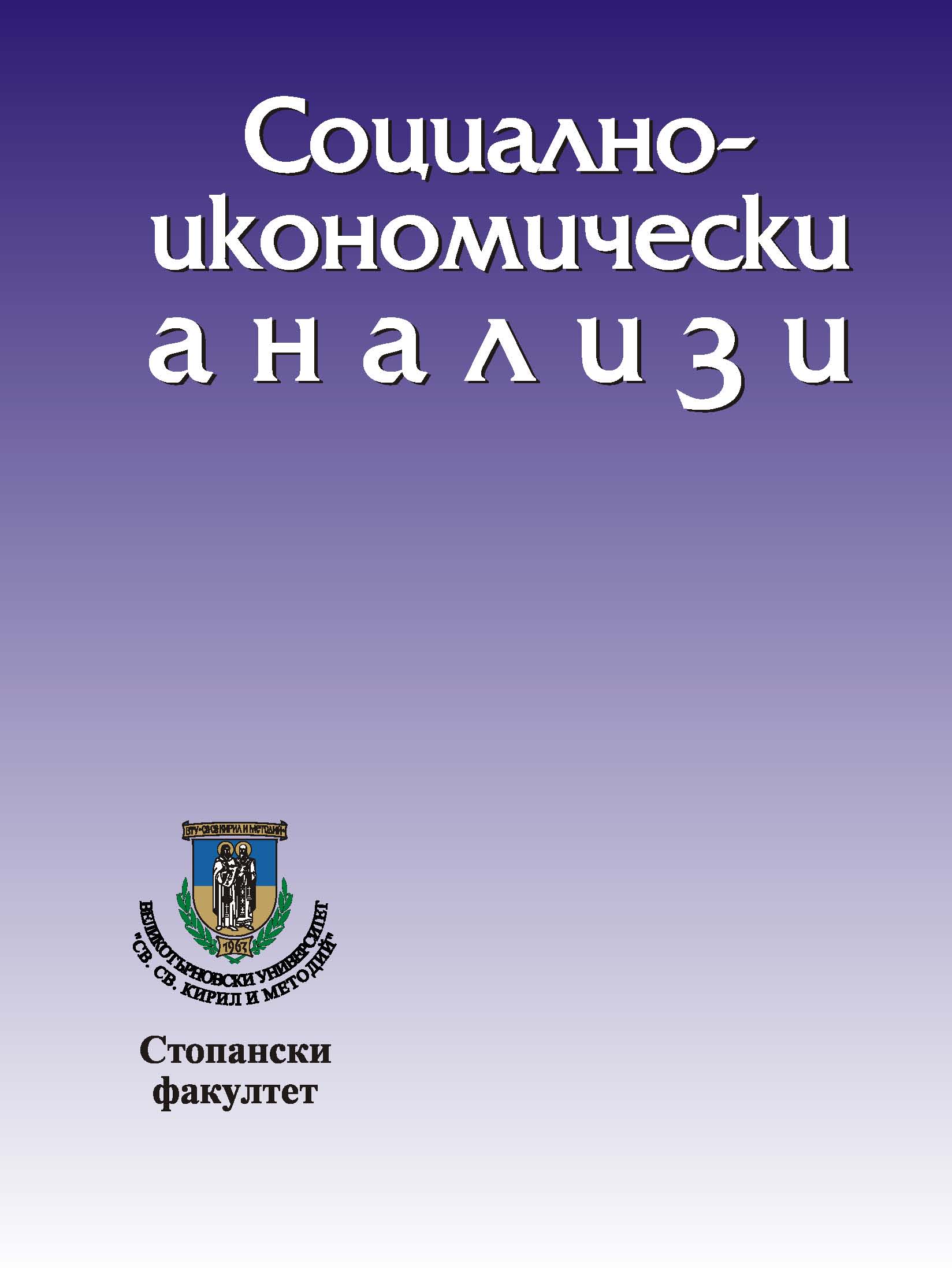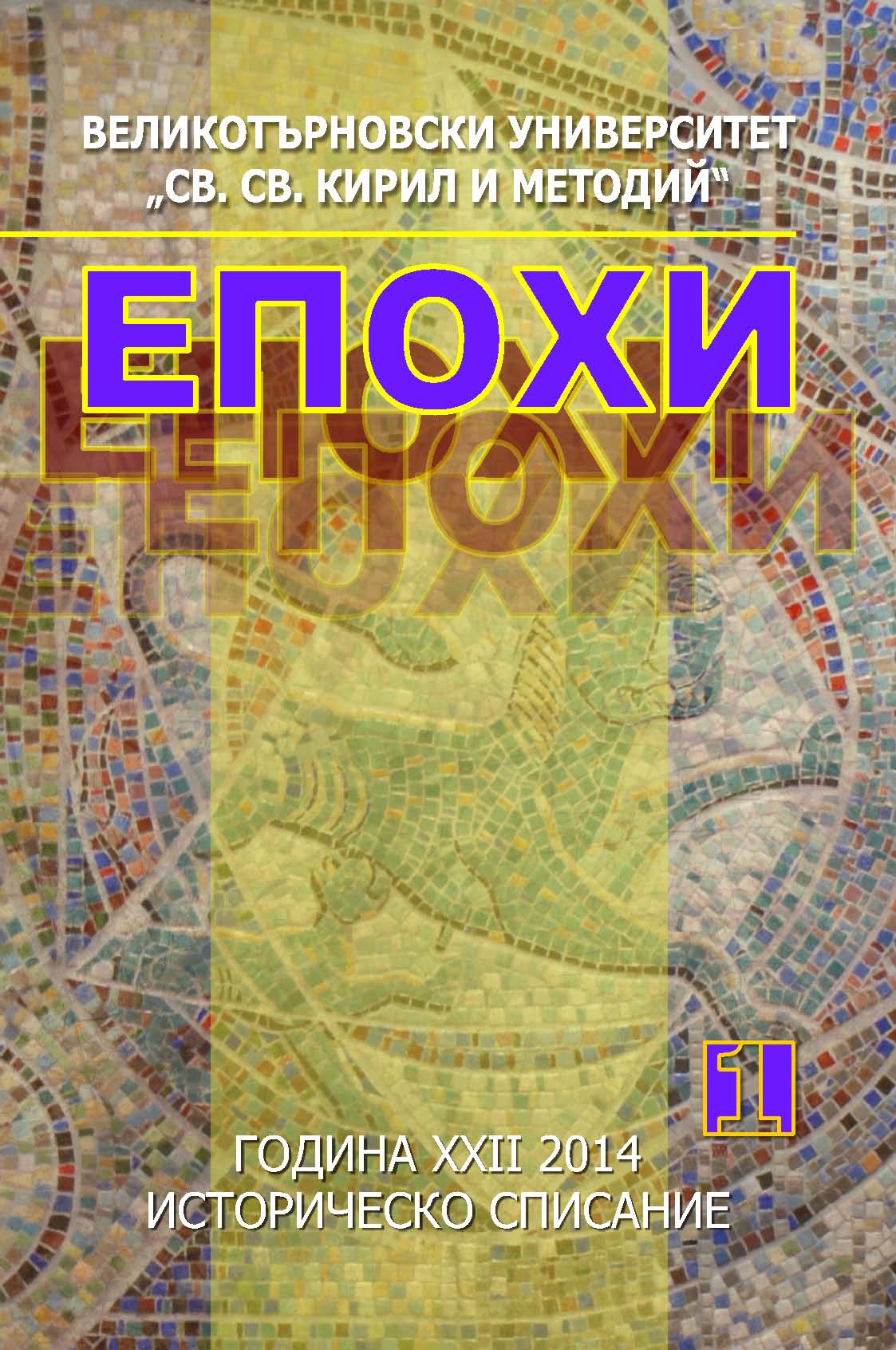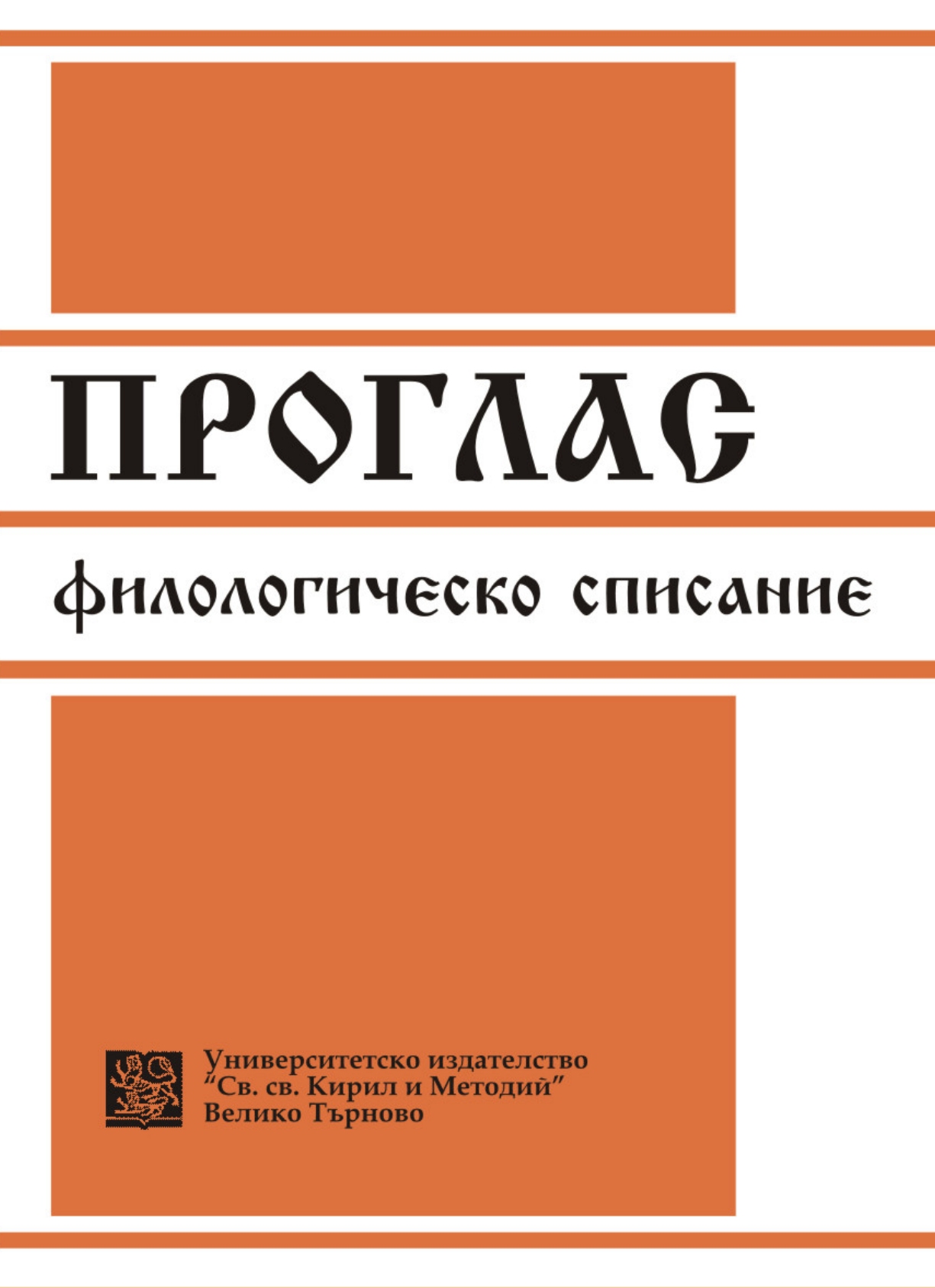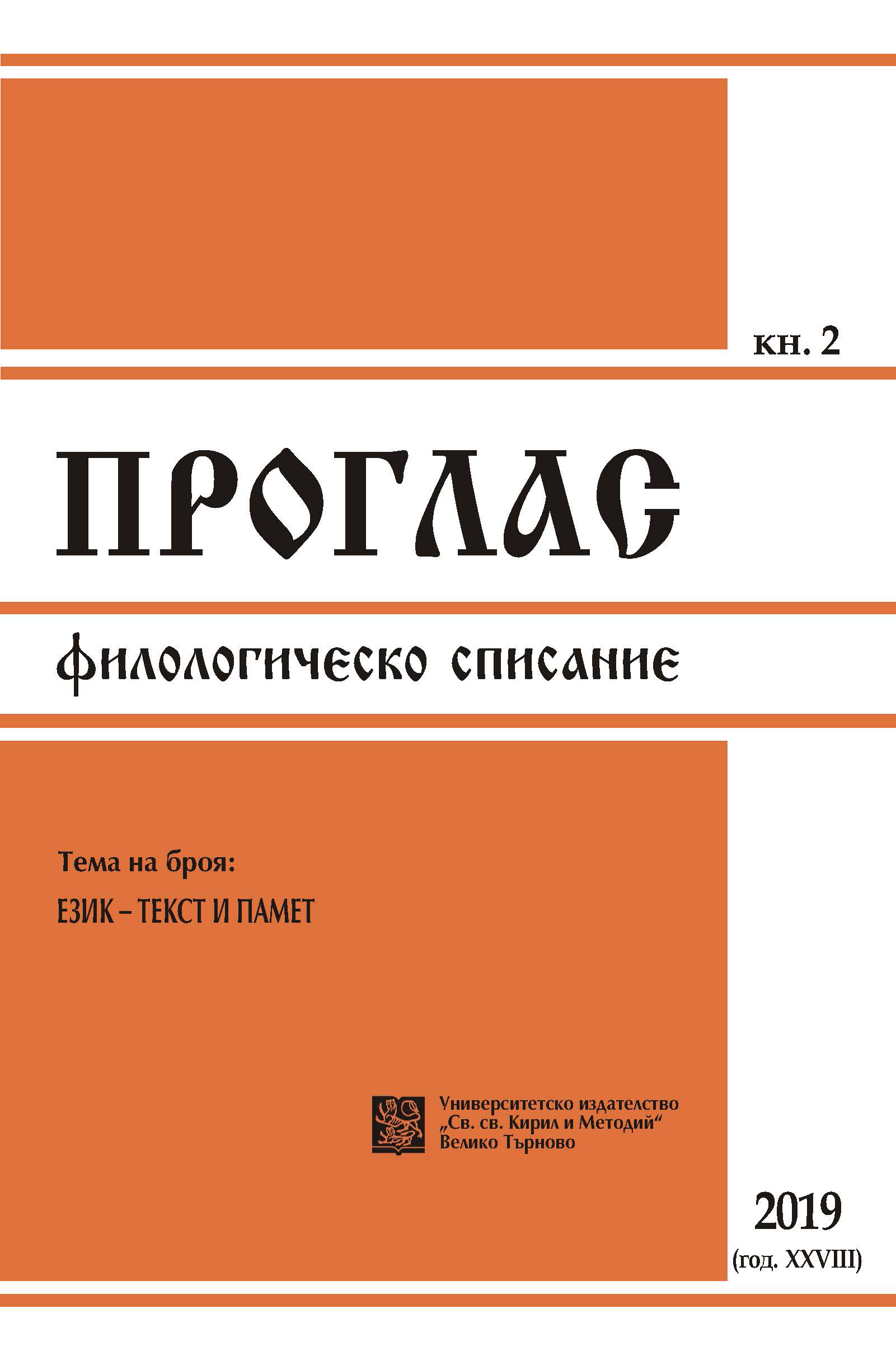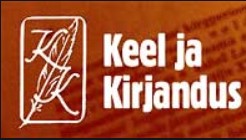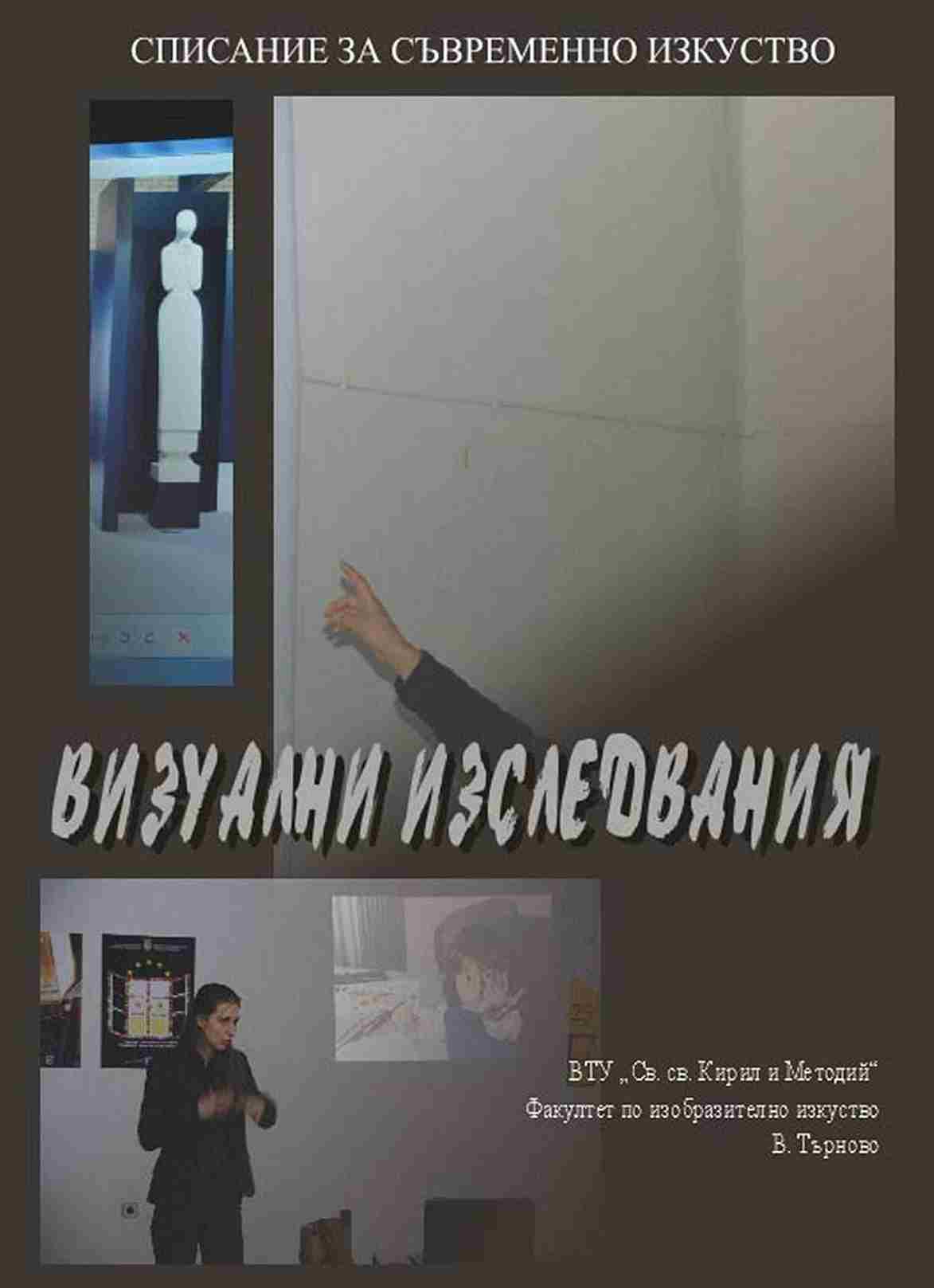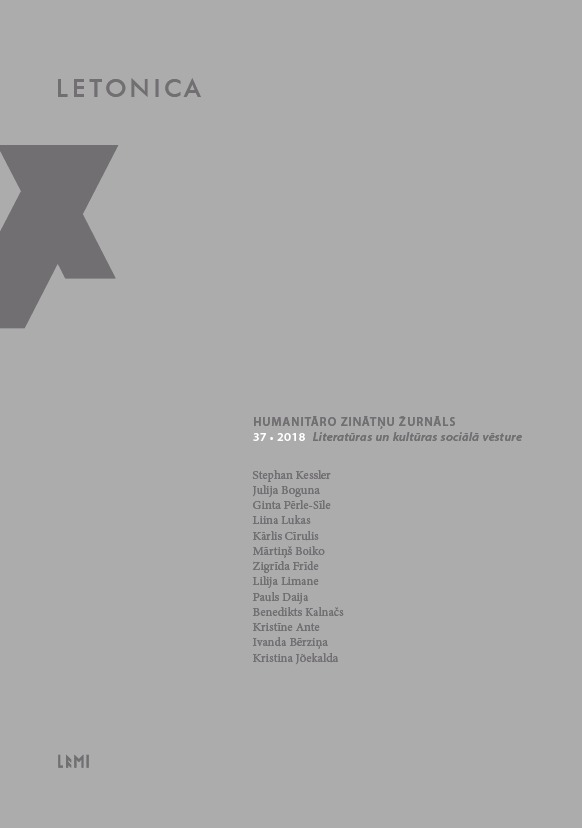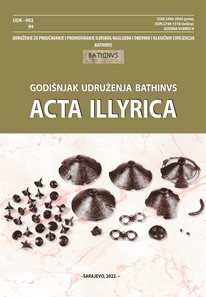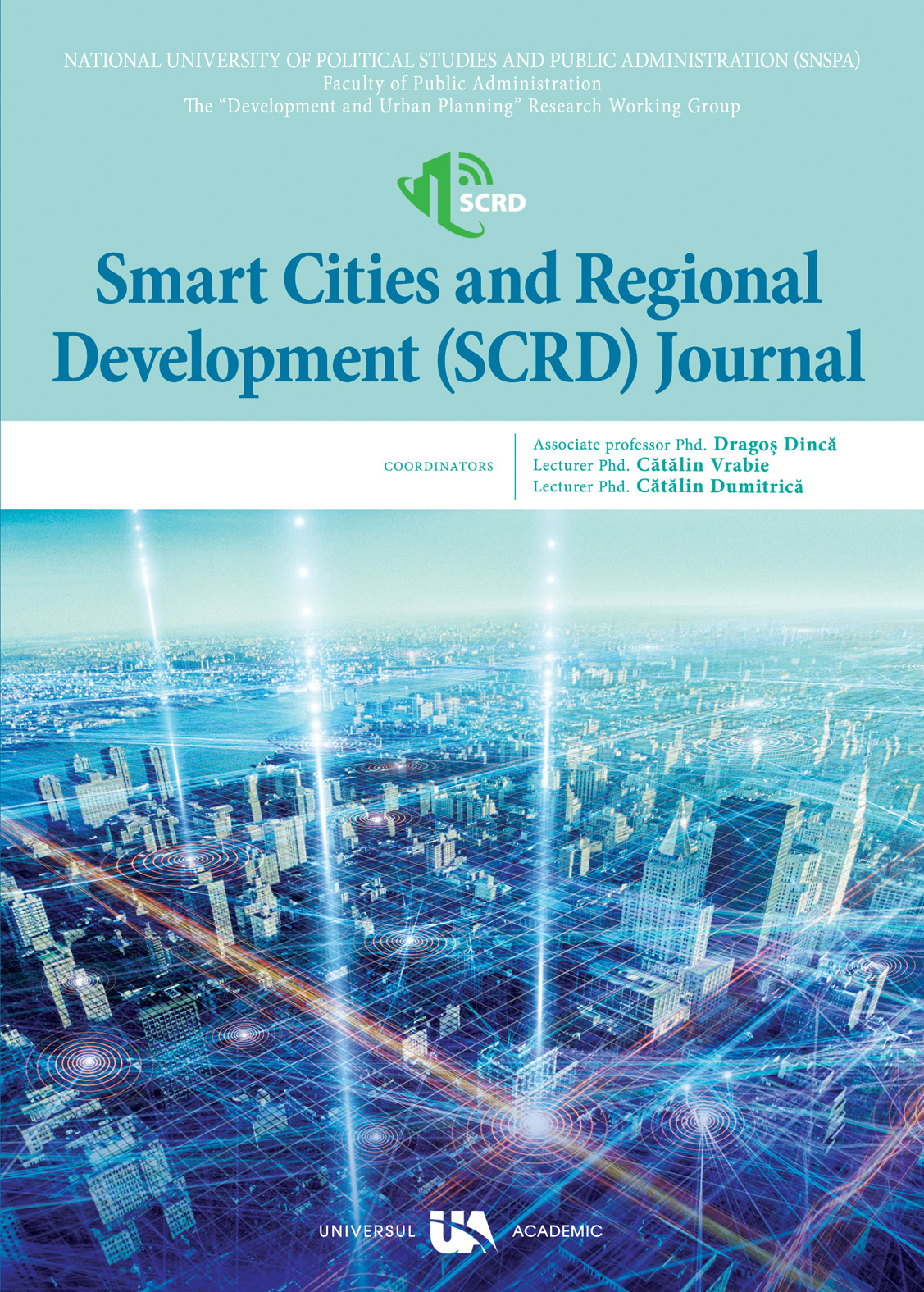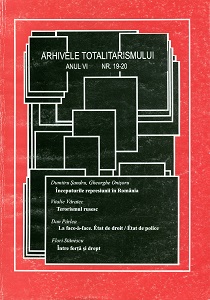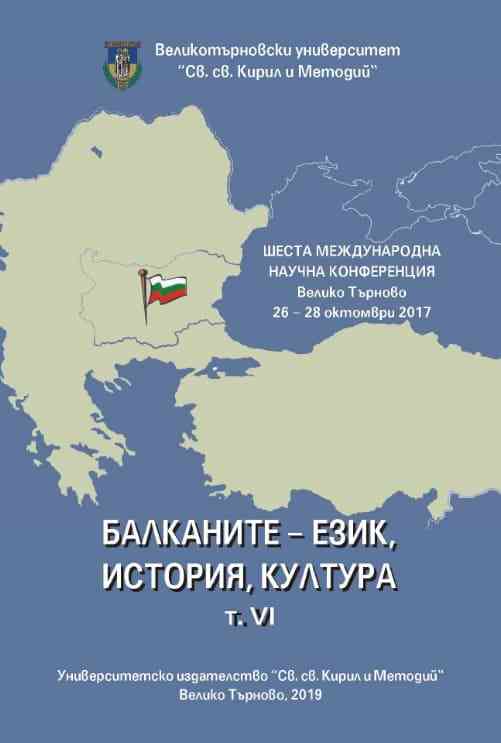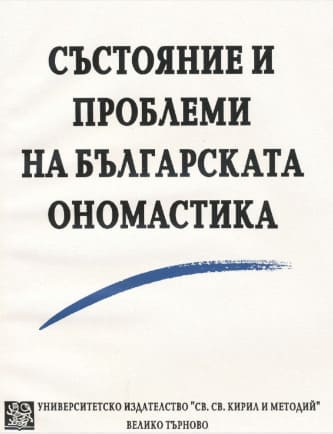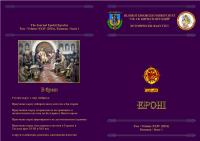
Култови средища на мюсюлманите сунити в Герлово и Тозлука през XVIII – XIX в
The article presents the results of the personal terrain research conducted by the author in 2015. They provide the opportunity to establish religious centers of Sunni Islam in the regions of Gerlovo and Tozluka in the 18th – first half of the 19th century. The study focuses on particular cult centers and discusses their architectural plans, function and origin. The mosques in the villages of Cherna voda, Mengishevo, Metodievo and Konevo are examined in detail.
More...
